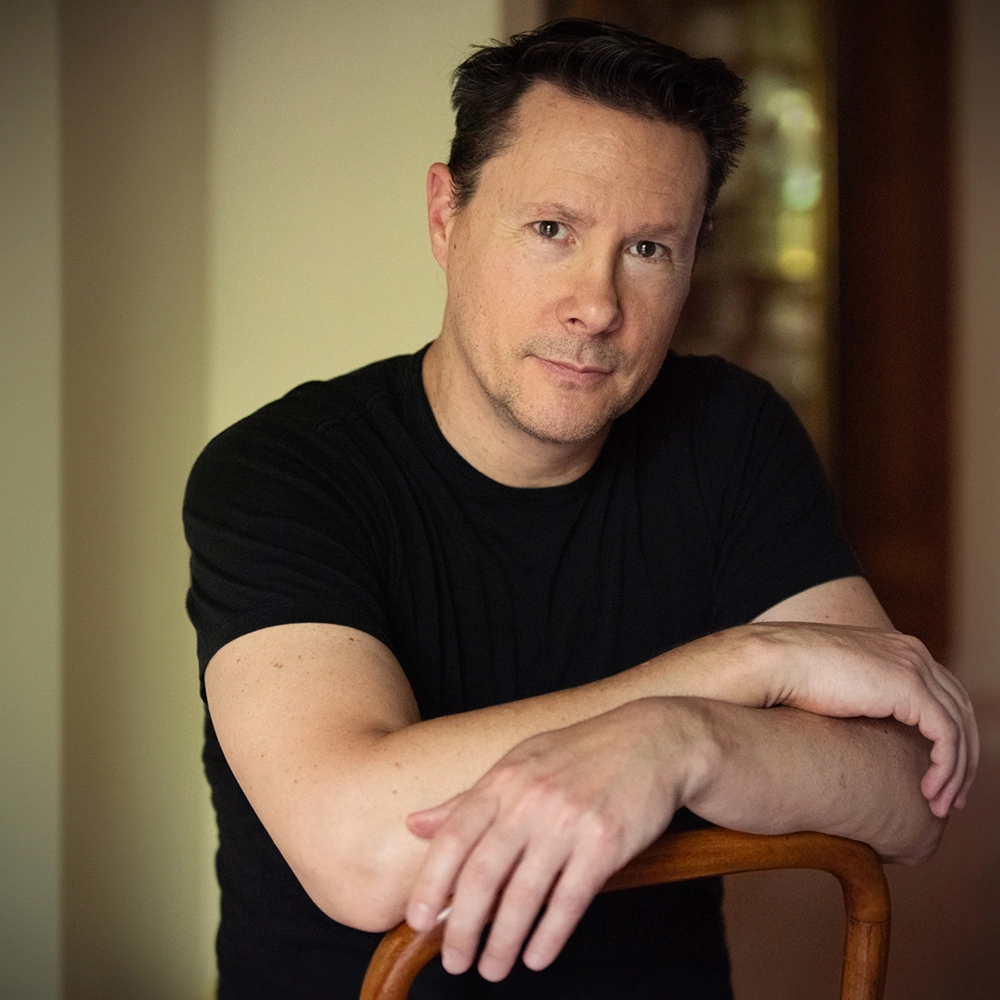Matthew Finley uses his photography to express himself and connect to the world around him. With a variety of photography processes, he explores intimate emotions through gesture, line and performance to communicate his experience.
Growing up queer in an unaccepting environment, Finley felt apart from the world around him. Now, as an adult working through social anxiety, the studio is a safe space to create where he can be vulnerable and express his true self. Creating and exhibiting his work is a way to forge relationships with viewers and help those who see themselves reflected in it to feel less alone. Finding inspiration in nature, classic art and found photographs, he address-es modern issues such as his coming out story, intimate relationships, and finding peace in our tumultuous world.
Based in Los Angeles, Finley’s work has shown in solo and group shows in multiple galleries across the U.S. Most recently, his work was on the walls of the esteemed Fahey/Klein Gallery in Los Angeles with the likes of Herb Ritts and Herbert List. Other works have circled the globe as part of the FOTOFILMIC 17 traveling show and he has pieces in the permanent col-lections of the Museum of Contemporary Photography, Columbia College Chicago, The Museum of Art and History, Lancaster, and the Center for Fine Art Photography. His images have also appeared in publications including Oxford American, Shots Magazine, and Plates to Pixels where he won the Juror Award in The Visual Armistice 10th Annual Juried Showcase. Finley’s most current project An Impossibly Normal Life recently received Center Santa Fe’s 2024 Personal Award as well as the Center for Photographic Art’s 2024 LGBTQ+ Artist Grant.
